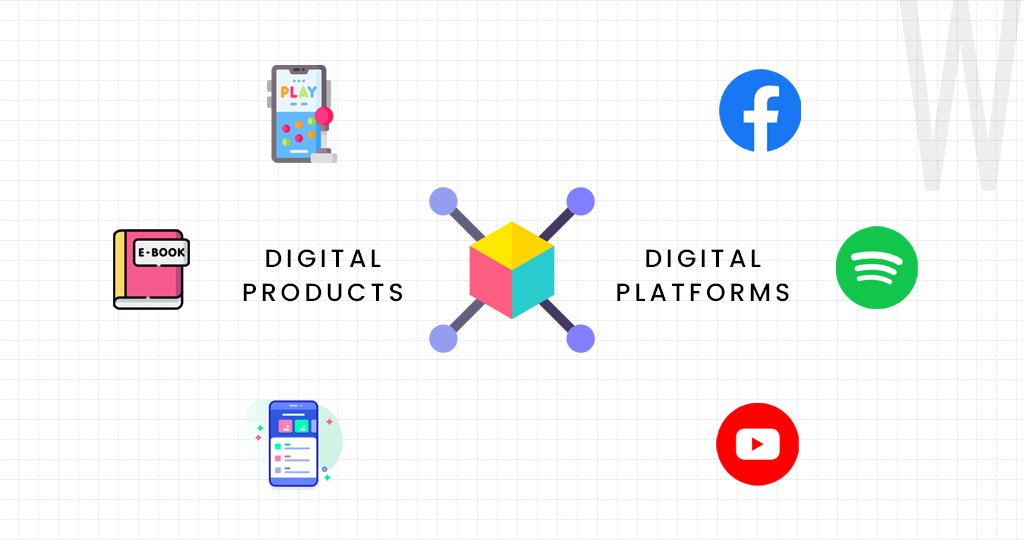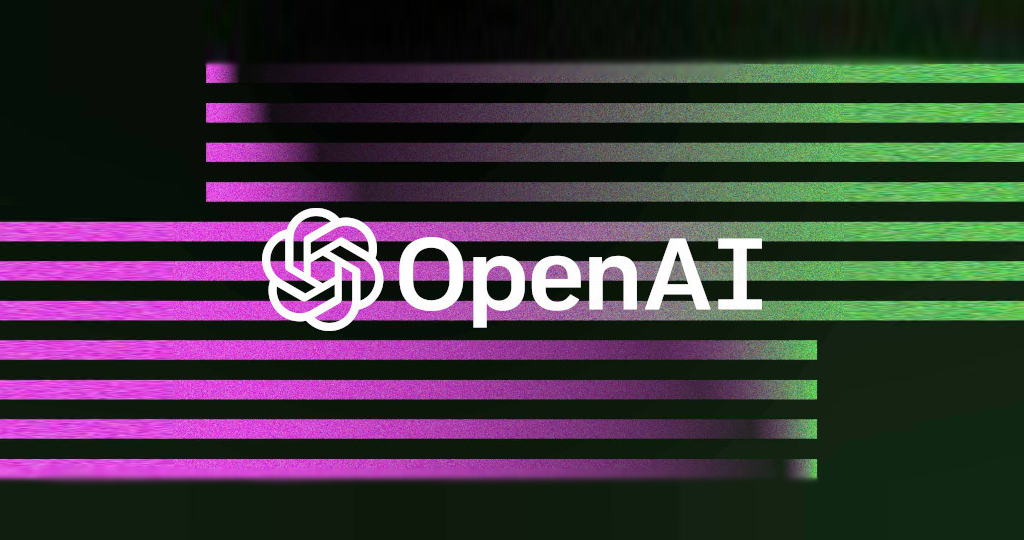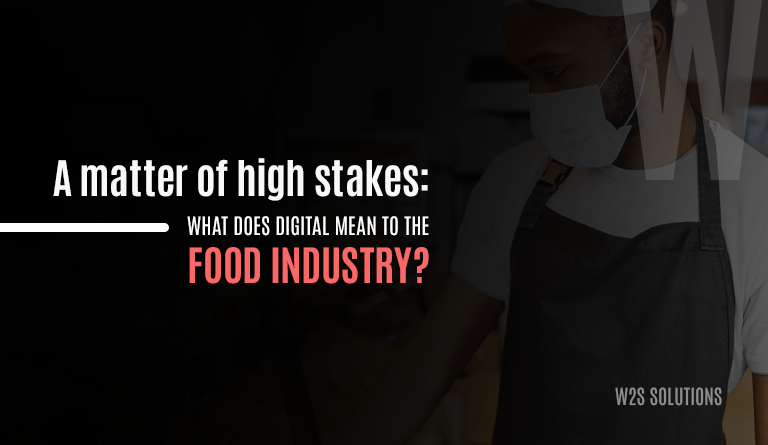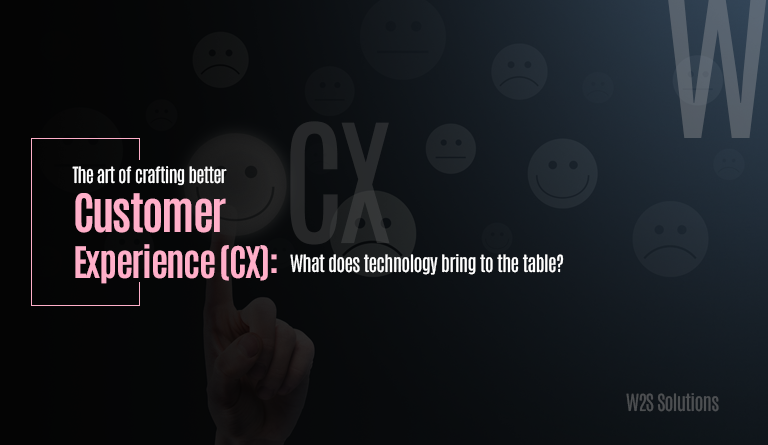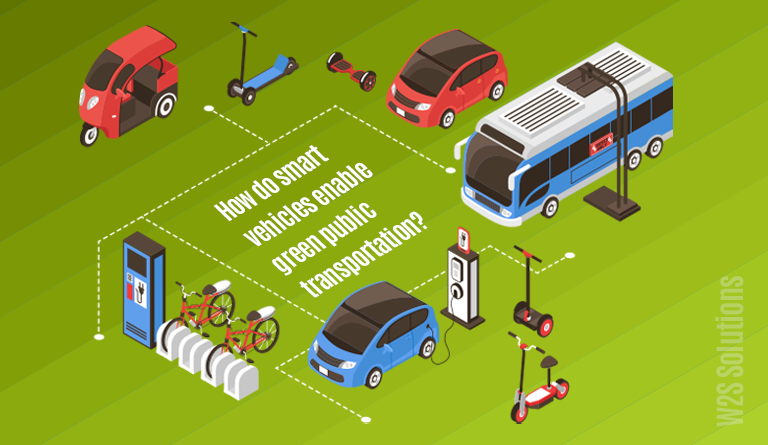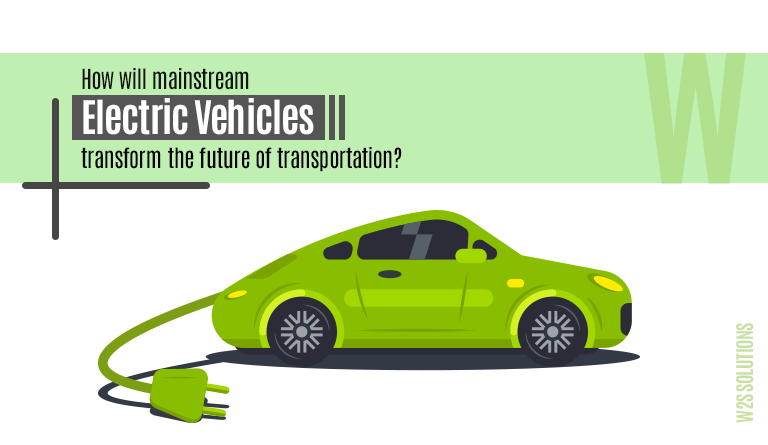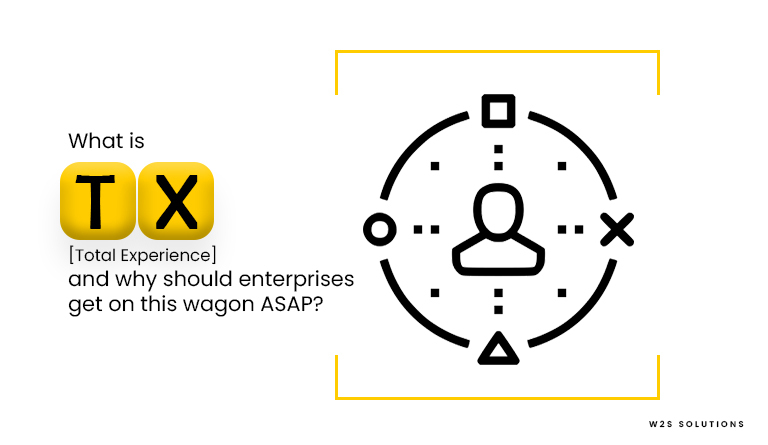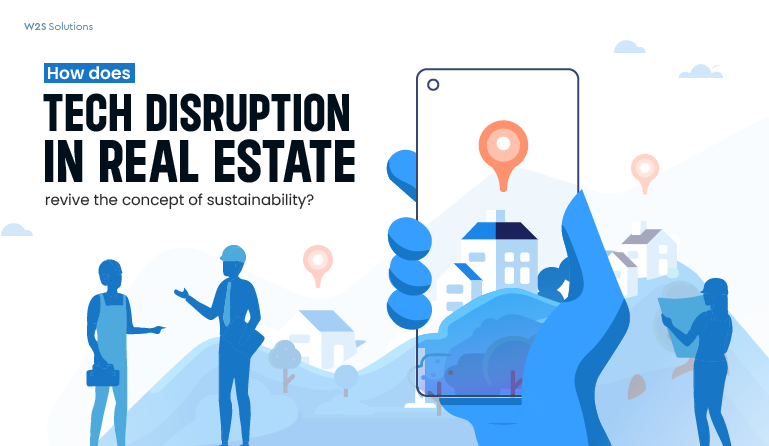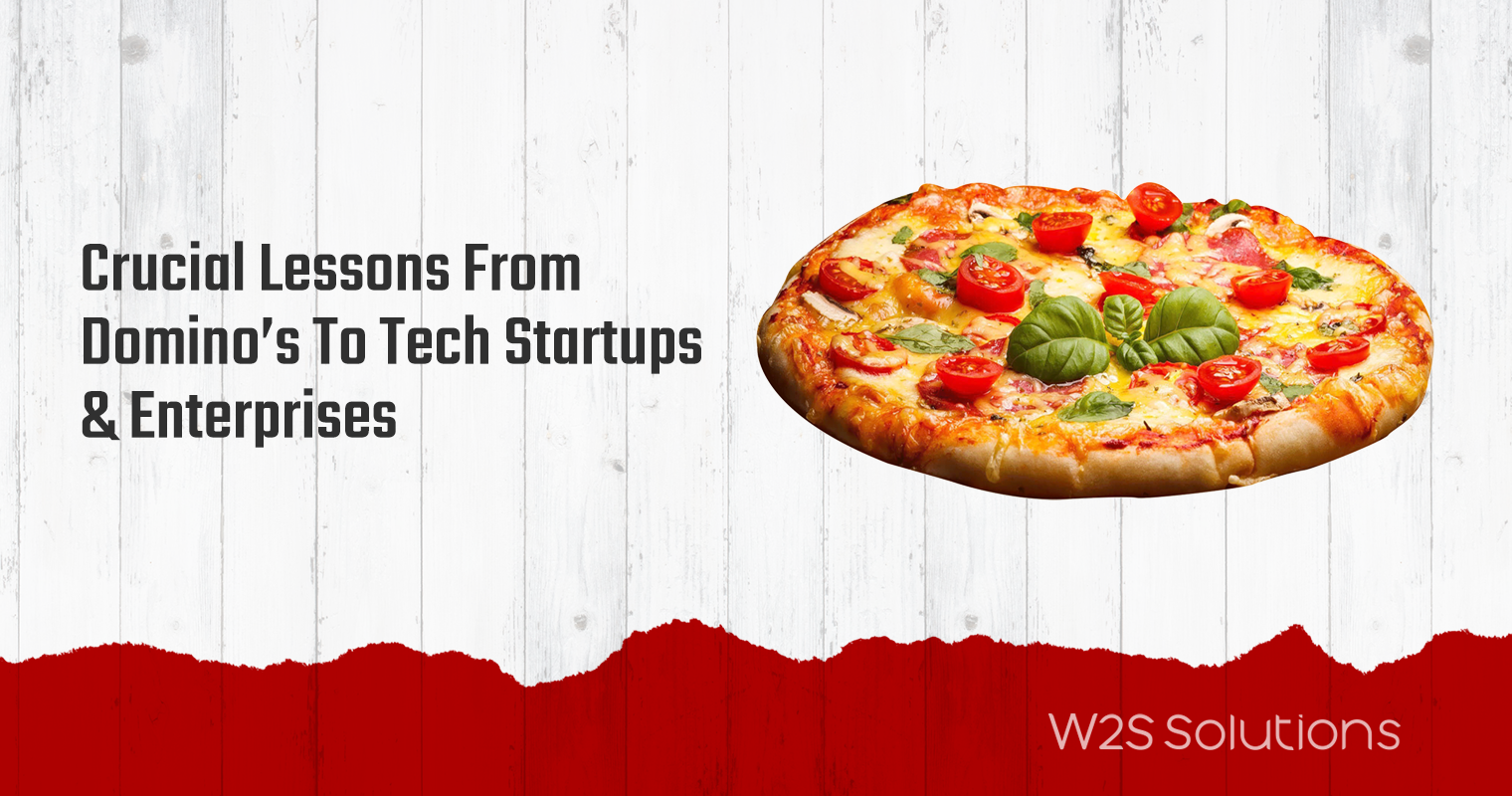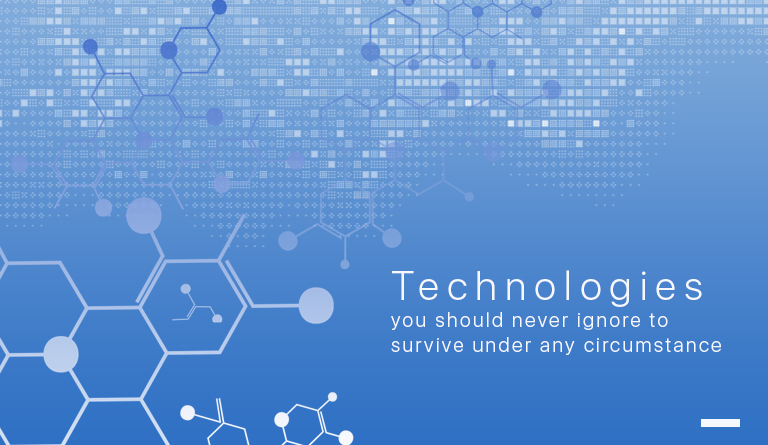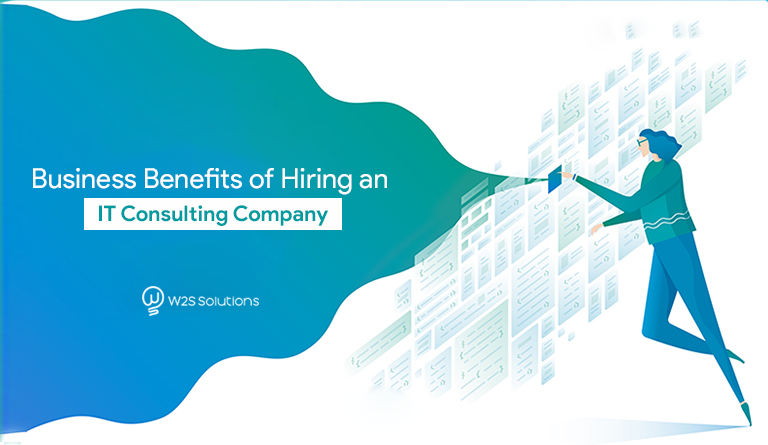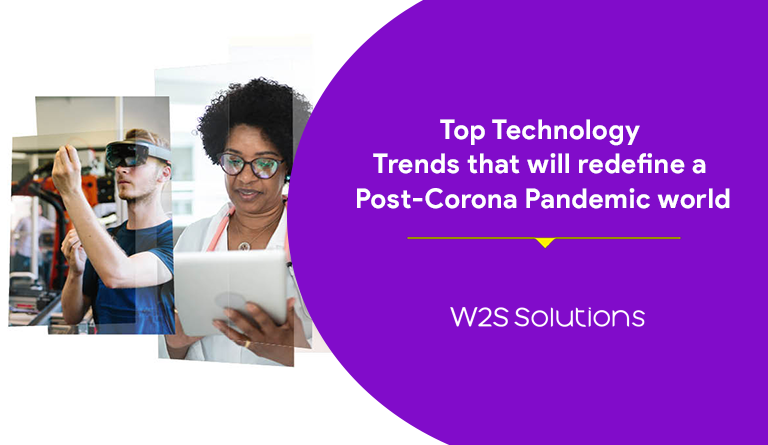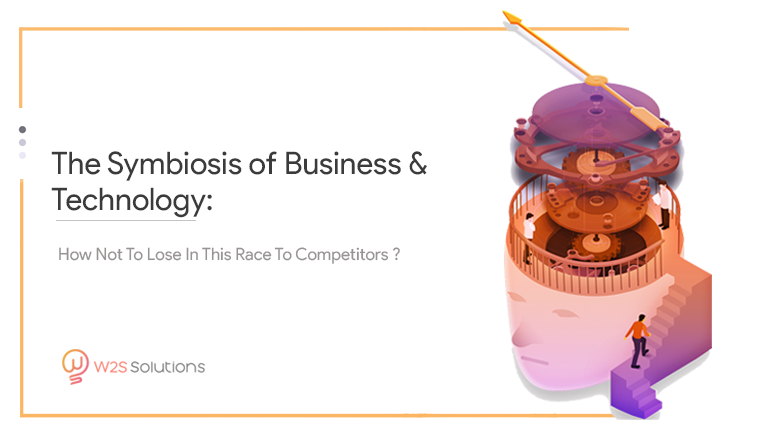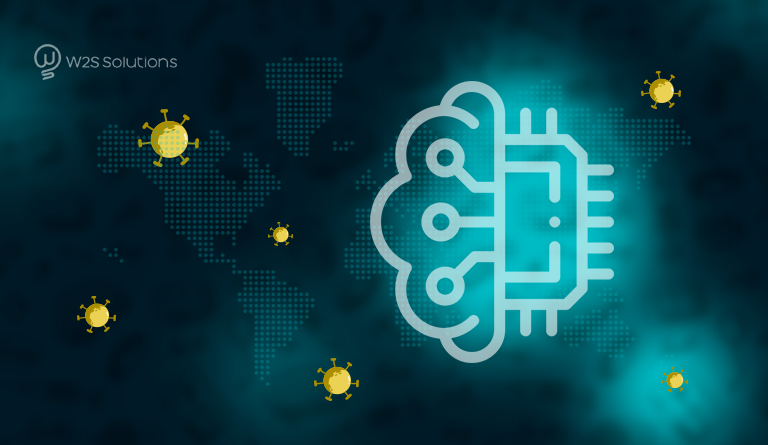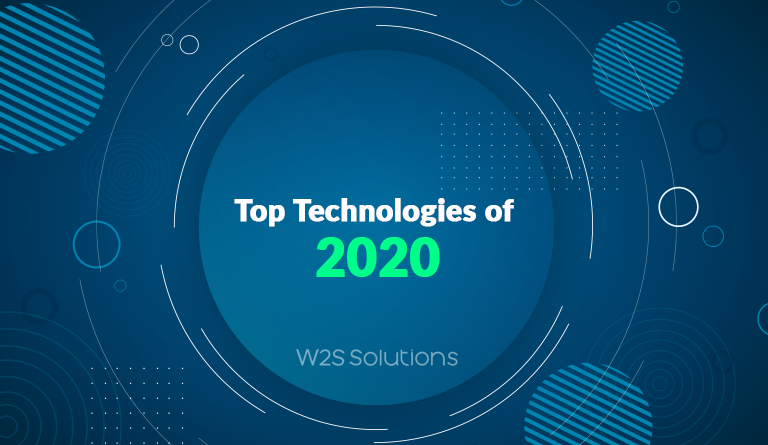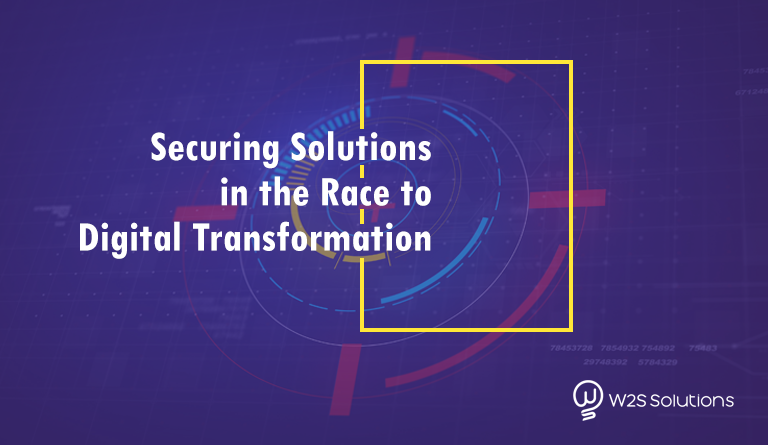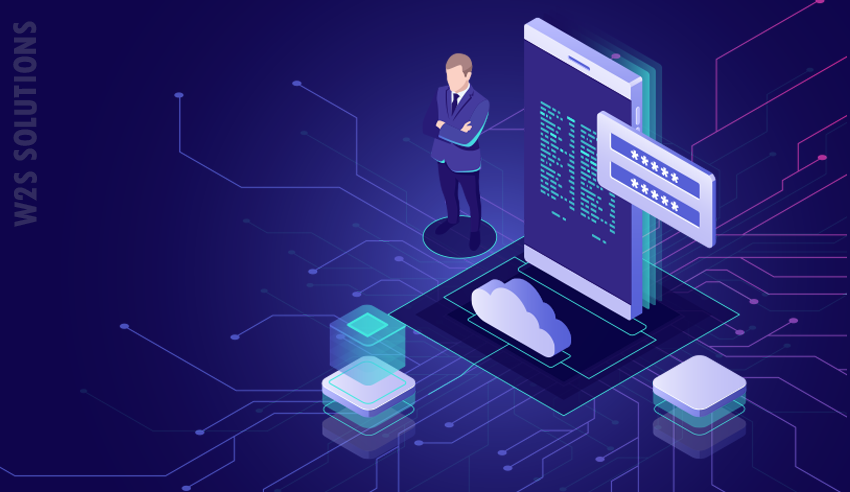TABLE OF CONTENT
Current trends in technology have opened up vast opportunities for business growth and creating memorable digital experiences. Two popular and emerging business concepts that have occurred in response to changing consumer and provider needs are digital products and digital platforms. Entrepreneurs often find themselves grappling with the distinction between these two concepts, as both contribute value to businesses but in unique and different ways.
Digital products are focused on providing content or services to individuals who seek to benefit from the services of the product. A digital platform refers to a business model that provides value to users by connecting two or more parties such as producers and consumers.
In simple words, platforms facilitate communication, and products are used to focus on production. However, there are several other differences that set digital products apart from digital platforms. Let’s dive deeper into a thorough analysis of these differences.
What is a Digital Product?
In the digital age, nearly any item available for sale or distribution online falls under the category of digital products. This expansive category includes a wide array of offerings, ranging from e-books and mobile applications to website themes and video games. The common thread uniting these diverse digital products is their primary objective, which is to provide value to their purchasers or users.
Digital products achieve this by addressing specific needs, fostering awareness about vital subjects, or augmenting users’ knowledge. For instance, an e-book might offer in-depth guidance on a niche topic, a mobile app could simplify daily tasks, a website theme may enhance online presence, and a video game might entertain and educate simultaneously. Prominent examples of digital products include the Facebook app, which connects individuals worldwide, facilitating communication and sharing. Google Search empowers users with instant access to a wealth of information.
What is a Digital Platform?
A digital platform serves as a fundamental bridge that facilitates seamless communication between suppliers and consumers, streamlining interactions between businesses and their customers, and optimizing operations within enterprises. It is a versatile and powerful tool that can significantly elevate a company’s customer experience. By providing a centralized hub for various activities, a digital platform not only fosters connectivity but also opens up new avenues for growth and innovation.
There are various platforms that cater to specific needs and audiences. For instance, media-sharing platforms like Vimeo, Spotify, and YouTube empower content creators to showcase their work to global audiences, promoting engagement and connection. Similarly, social media sites such as Twitter, Facebook, LinkedIn, and Instagram offer dynamic spaces for individuals, businesses, and organizations to interact, network, and effectively communicate with their target demographics. These platforms exemplify the transformative potential of digital technology in facilitating connections and driving meaningful engagement in our interconnected world.
The Differences between Digital Products and Digital Platforms
1. Structure of Business Models
Digital products have a relatively straightforward task, focusing solely on product development. Companies in this space primarily plan how to deliver content or services to their customers and keep their products up-to-date with the latest technology trends. The key functions for conducting transactions, such as expanding the audience, connecting the right provider with the right consumer, ensuring an excellent user experience, and establishing trust through standards and terms, apply to both digital products and platforms.
In contrast, digital platforms serve as intermediaries, primarily focused on facilitating seamless communication among involved parties. Their core purpose revolves around ensuring smooth transactions that generate and exchange value. Whether dealing with digital products or platforms, these four fundamental functions remain vital for creating successful digital experiences and interactions, albeit with different emphases on product development versus transaction facilitation.
2. Linear and Circular model
To make their operations more effective, platforms use a circular model rather than a linear one. This means they excel by connecting third-party businesses with product consumers. Think of YouTube, for instance, where people from all over the world share their content with users. This shows how crucial platforms are in today’s digital business landscape.
Now, to contrast this with the linear model, it aims to attract top-notch services by creating and selling the best product directly to users. Toyota, for instance, makes vehicles and sells them to consumers. Similarly, a content producer like Netflix creates content and sells it directly to viewers. You might wonder why even a tech-savvy giant like Netflix can’t stand alone. The reason is simple: it’s not a business platform.
3. Direct and Indirect Networks
Imagine you have a smartphone while your friend doesn’t. In this scenario, there’s a communication barrier because the connection isn’t complete. However, if both you and your friend had smartphones, communication would flow smoothly since both parties have the necessary tools. This phenomenon is what we call the network effect, it’s the added benefit a new user brings when they join connected networks.
The network effect is typically categorized into two types: indirect networks and direct networks. In the context of a product, it falls under the direct network category. This means that as a product’s value increases, so does the number of users. For instance, consider Netflix – as more users subscribe, the Netflix brand and its overall value grow. Various digital platforms exist where two or more groups provide services to each other. These interconnected networks exemplify the concept of the network effect, where the value of the platform multiplies as more participants join and engage.
4. Challenges in Functionality
Digital products and digital platforms function differently. Digital products add value by providing a single item to one user. It’s straightforward: the company offers a product, the user uses it, and the company earns money. However, users can’t resell the product because the creator keeps ownership. Think of Netflix, where you pay a monthly fee to access content. You can watch it, but you can’t sell it because Netflix owns it.
On the other hand, digital platforms generate revenue from various sources. They connect creators and users in transactions where both parties benefit. These platforms operate on a supply-and-demand model: users have needs, and creators fulfill them. Importantly, neither the creators nor the users own the platform itself. Take YouTube as an example. Content creators gain views, and viewers enjoy the content, creating a mutually beneficial exchange within the platform.
5. Economic Status of a Service or Product
Digital products often enjoy lower distribution and production costs, resulting in minimized expenses and increased revenue. For instance, consider YouTube, where content creators can expand their audience base to upload new content, a cost-effective approach. However, digital products typically do not hold the same perceived value as platforms. This discrepancy arises because products generally require more significant human and financial resources to drive sales and attract customers.
On the other hand, digital platforms operate differently. They facilitate transactions between multiple parties, offering diverse revenue streams. Platforms leverage a supply-and-demand model, where creators meet consumer needs. Unlike products, platforms are widely recognized as high-value entities due to their ability to connect and engage various stakeholders. This divergence in economic status highlights the contrasting yet complementary roles of digital products and digital platforms in the contemporary digital business landscape.
Conclusion
The distinctions between digital products and digital platforms are pivotal in navigating the intricate landscape of the digital business world. While both contribute to the ever-expanding realm of technology-driven commerce, they operate under different economic dynamics and fulfill unique roles. Digital products, characterized by their low distribution and production costs, excel in offering singular solutions to end-users, optimizing revenue streams while requiring relatively fewer resources. In contrast, digital platforms thrive by connecting multiple parties, fostering diverse revenue streams, and holding a recognized high value in the market.
W2S Solutions, a leading company that provides digital transformation consulting services, stands at the forefront in offering comprehensive solutions to develop both digital products and digital platforms. With our expertise, businesses can leverage the full potential of these two distinct but complementary models, ensuring their success and growth in an increasingly interconnected world. Whether you are seeking to create innovative digital products or build powerful digital platforms, W2S Solutions is your trusted partner in realizing your digital ambitions.
Key Takeaways:
Digital products and digital platforms are distinct business models with unique roles and economic dynamics in the digital landscape.
Digital products focus on delivering value to individual end-users, typically with lower distribution and production costs, while digital platforms facilitate transactions between multiple parties, offering diverse revenue streams.
The network effect is categorized into direct and indirect networks, and plays a crucial role in the success of both digital products and digital platforms, with each benefiting from increased user participation.
Digital products require less complexity in functionality but may lack the perceived value of platforms, which connect and engage multiple stakeholders.
Recognizing the economic status of a service or product is crucial. It reveals the cost differences and perceived value distinctions between digital products and platforms in today’s digital business world.
Frequently Asked Questions
Get inspired!
Subscribe to our newsletter and get updates on how to navigate through disruption and make digital work for your business!
